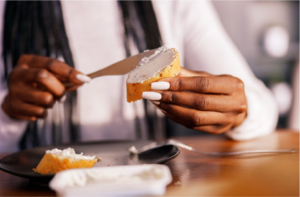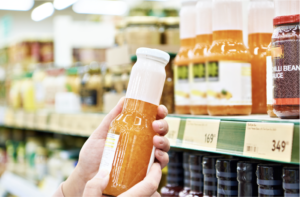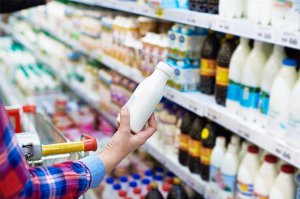The Price of New
 New products serve many functions for a brand – to introduce technological/functional changes, to attract non-buyers or to enhance positioning. They may also translate into higher price points – because of improved (perceived) performance, better ingredients/taste or possibly by boosting the status of the buyer. We compared the prices of new SKUs with “old” SKUs for more than 14,000 brands. Some key findings:
New products serve many functions for a brand – to introduce technological/functional changes, to attract non-buyers or to enhance positioning. They may also translate into higher price points – because of improved (perceived) performance, better ingredients/taste or possibly by boosting the status of the buyer. We compared the prices of new SKUs with “old” SKUs for more than 14,000 brands. Some key findings:
– Only innovations (new brands/sub-brands) reap a price reward (16% premium) whereas renovations (new types,flavours, sizes) do not.
– Leading brands are able to command a higher premium for their innovations than other brands (almost 20% for the top 3 brands in a category).
– Renovations (like new flavors) are often cheaper than existing SKUs (likely because of promotional support).
– Beverage innovations are best able to translate into a higher price: Their innovations are on average 26% more expensive than existing SKUs of the same brand.
















































































































































































































































































































































































































